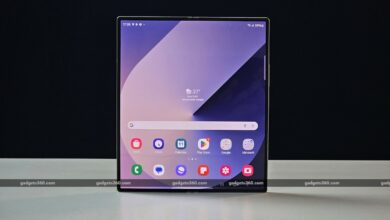Samsung XR/VR headset – everything we know so far and what we want to see
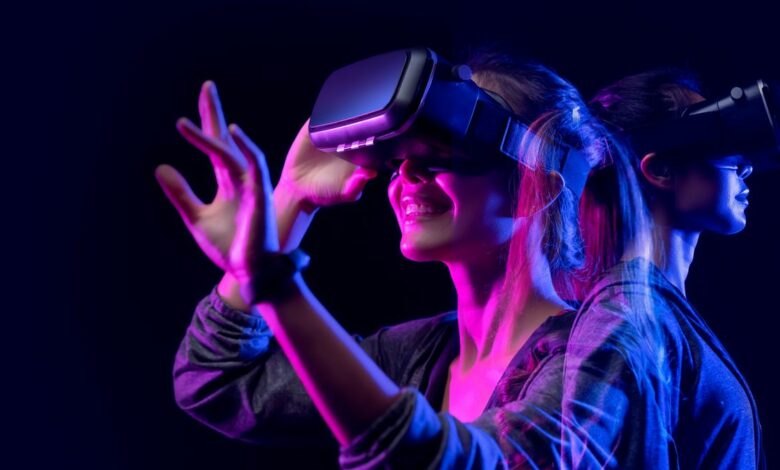
According to the manufacturer itself, a new Samsung XR/VR headset is coming and we’re very curious to see what this so-called Apple Vision Pro rival (an XR headset from Apple) has in store.
Qualcomm has confirmed that its new Snapdragon XR2+ Gen 2 chip will power the headset, Google is helping out somehow (we predict on the OS/software front), and (surprisingly) a recent leak suggests it will come with Sony’s micro-OLED displays. It’s also likely to be pricey, like the Vision Pro, but until Samsung officially says something we don’t know exactly how much it’ll cost or when it’ll come out.
However, more recent leaks suggest that an XR2+ Gen 3 chipset is coming to market soon. If that happens, it could be the case that Samsung’s headset will move over to it, as this chipset should be a much bigger step up from Gen 2 compared to Gen 1.
We won’t have to wait much longer for that either. Speaking at the Samsung Galaxy Unpacked June 2024 event in Paris, Samsung President and Head of the Mobile Experience (MX) business TM Roh said that its “new XR platform is coming this year.”
Samsung XR/VR Headset: Price
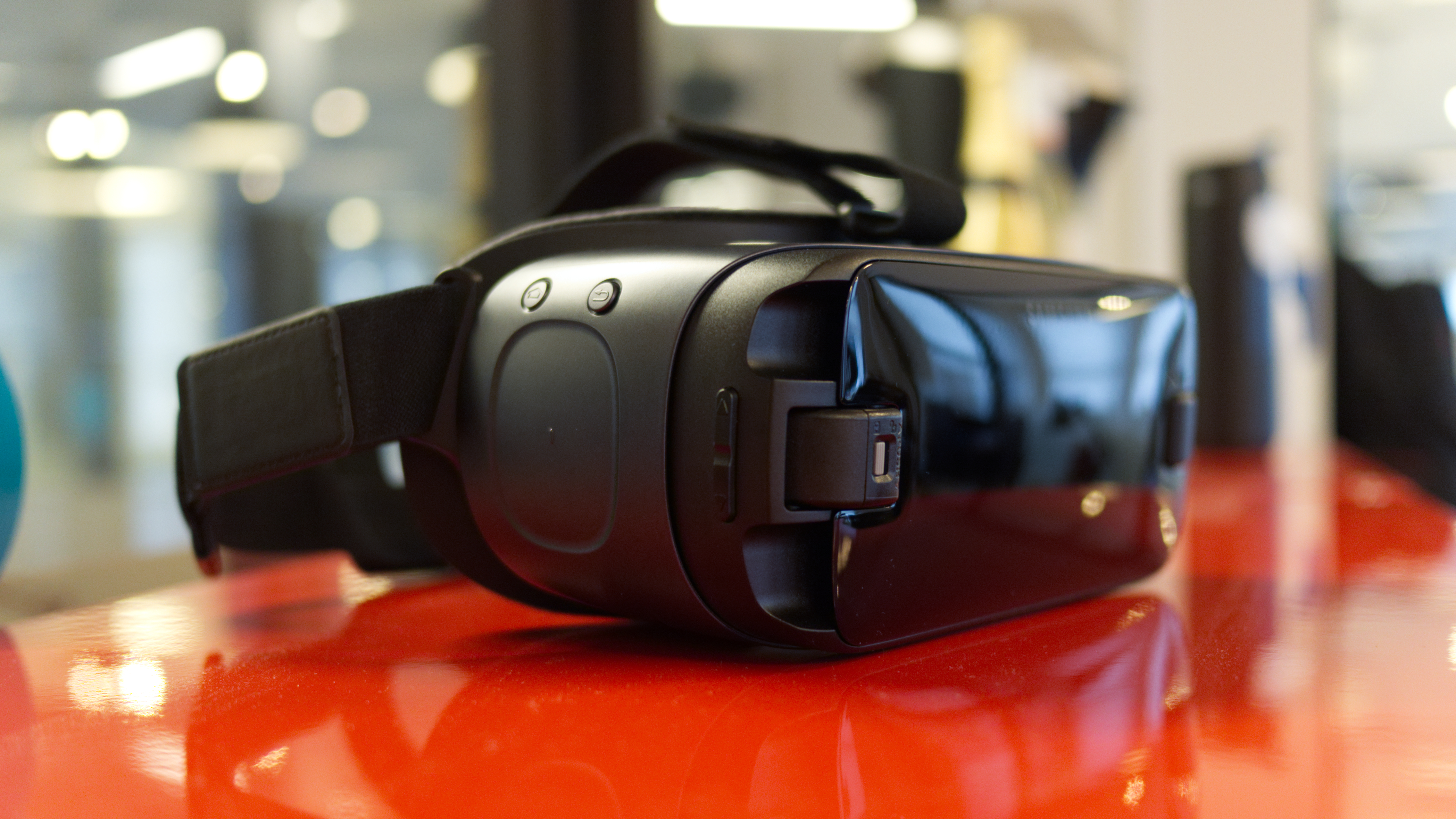
We won’t know how much Samsung and Google’s new VR headset will cost until the device is officially announced, but most rumors point to the device having premium specs. So expect a premium price.
Some early reports suggested Samsung was looking at something in the $1,000 / £1,000 / AU$1,500 range (much like the Meta Quest Pro ), though it may have changed its plans since then. Following the reveal of the Apple Vision Pro, it’s believed Samsung delayed the device in order to presumably make it a better Vision Pro rival in Samsung’s eyes – the Vision Pro is impressive, as you can find out in our Apple Vision Pro hands-on review.
If that’s the case, the VR gadget would not only come closer to the Vision Pro’s specs, but it could also sport the Vision Pro’s $3,499 (around £2,725 / AUS$5,230) starting price, or something close to it.
Samsung XR/VR Headset: Release Date
Like pricing, we don’t know anything concrete about the release date of Samsung’s upcoming VR headset just yet. But some signs point to a 2024 announcement – if not a 2024 release.
The most recent came from Samsung President and Head of the Mobile Experience (MX) business TM Roh himself, who revealed that it and Google’s “new XR platform is coming this year” during the Samsung Galaxy Unpacked June 2024 event in Paris. This suggests we could be seeing the headset too, but we’ll have to wait and see what is shown, with a likely reveal event being the Samsung Developer’s Conference scheduled for October 3, 2024.
This is supported by a rumor that Samsung’s VR headset project was delayed following the announcement of the Vision Pro, suggesting the headset would release in mid- to late 2024.
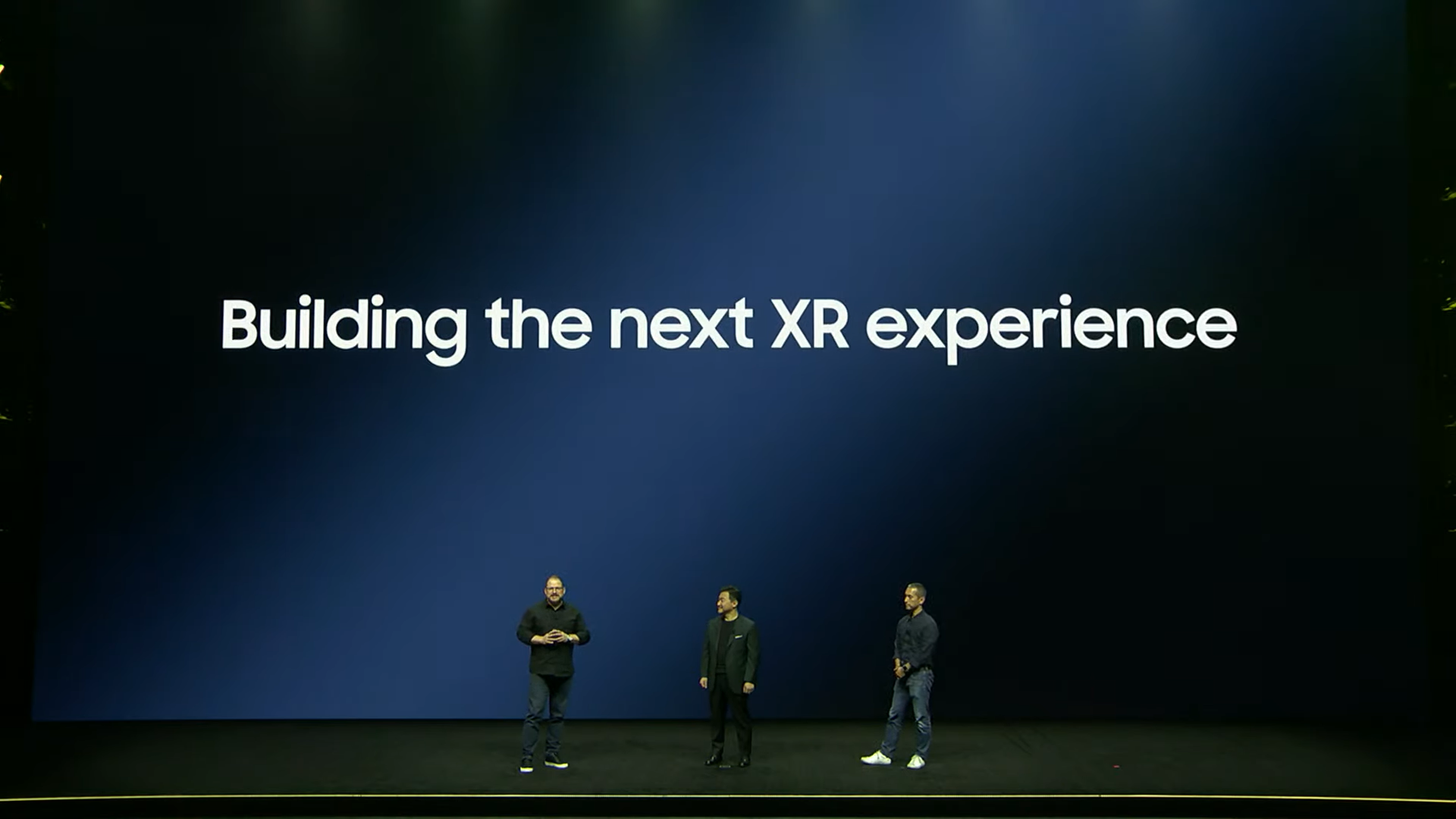
Then there’s the announcement of the Snapdragon XR2+ Gen 2 chipset. Qualcomm was keen to put Samsung and Google in the spotlight as partners who would be using the chipset.
It would be odd to highlight these partners if the headset were still a year or so away from launch. Those partners may have preferred to work with a later next-gen chip, if the XR/VR headset were to release in 2025 or later. So that would again point to a 2024 reveal, though not a precise date this year.
Samsung XR/VR Headset: Specifications
Many of the specs of Samsung’s new VR headset are still a mystery, and some of the leaks seem a little odd. The first is that it will apparently use Sony’s micro OLED displays instead of Samsung-made screens. According to one rumor, it will come in at a 1.3-inch size, with a resolution of 3,840 x 3,552 pixels, a 90Hz refresh rate, and a peak brightness of 1,000 nits.
For comparison, the Meta Quest 3’s displays have 2,064 x 2,208 pixels per eye, an experimental refresh rate of 120Hz, and a standard refresh rate of 90Hz.
Other details are known, such as what size battery it will have, storage space and RAM. Also unknown is what design it will have – will it look like the Vision Pro with an external screen, like the Meta Quest 3 or Quest Pro, or something completely new?
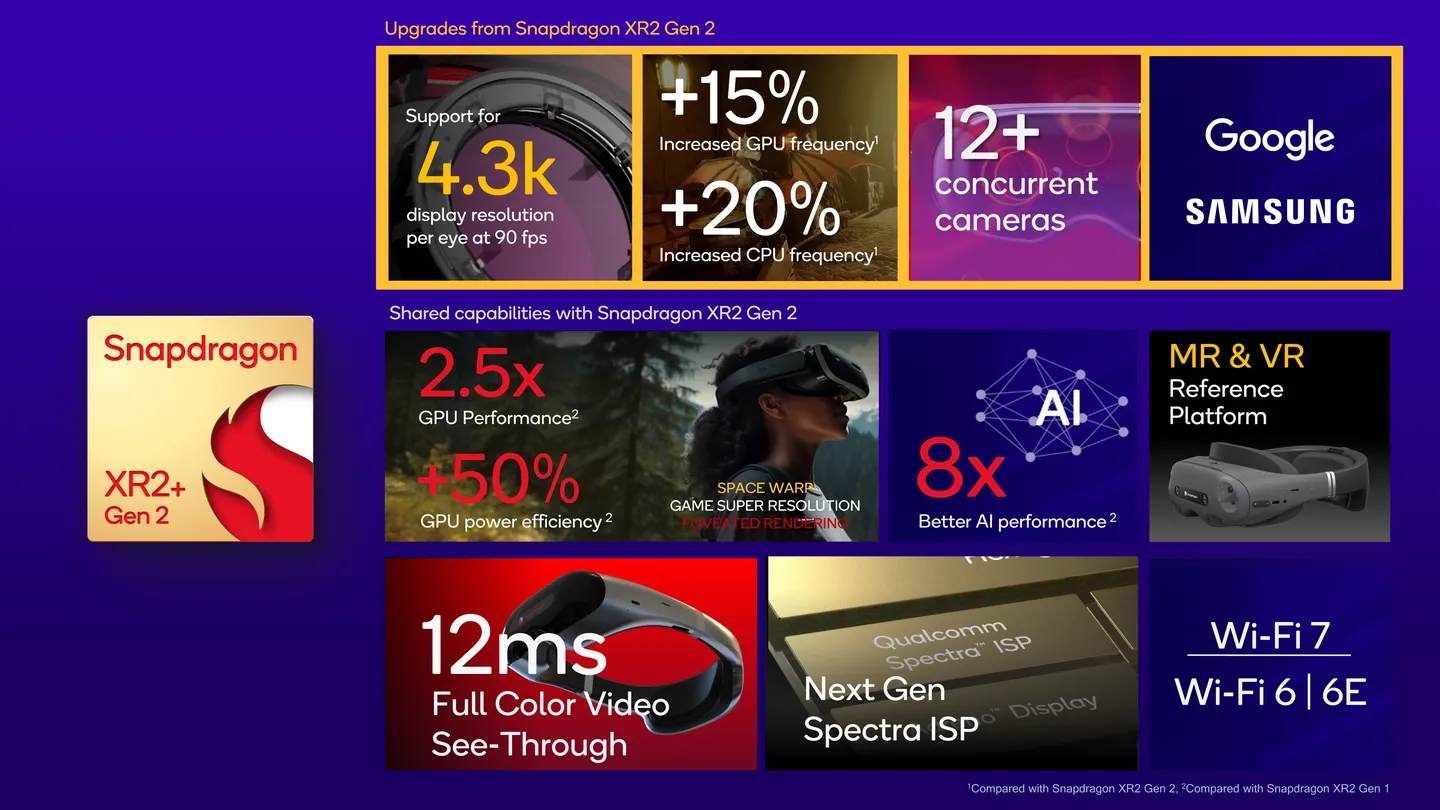
But we do know one thing. It will (as we predicted) be powered by a brand new Snapdragon XR2+ Gen 2 chip from Qualcomm – an updated version of the chipset used by the Meta Quest Pro, and slightly more powerful than the XR2 Gen 2 found in the Meta Quest 3.
As a result, the platform can now support dual displays at 4.3K resolution running at up to 90 fps. It can also manage the 12+ separate camera inputs that VR headsets rely on for tracking, including controllers, objects in space, and facial movements, and it has more advanced AI capabilities, 2.5x better GPU performance, and Wi-Fi 7 (and 6, and 6E).
That said, several leakers have teased that the Snapdragon XR2+ Gen 3 is coming. If it comes sooner rather than later, the significant increase in power could convince Samsung to upgrade its hardware to this newer chipset, especially since it should be a much closer competitor to the chip inside the Apple Vision Pro (the M2).
What We Want to See from the New Samsung XR/VR Headset
1. Samsung’s XR/VR headset runs on the Quest OS
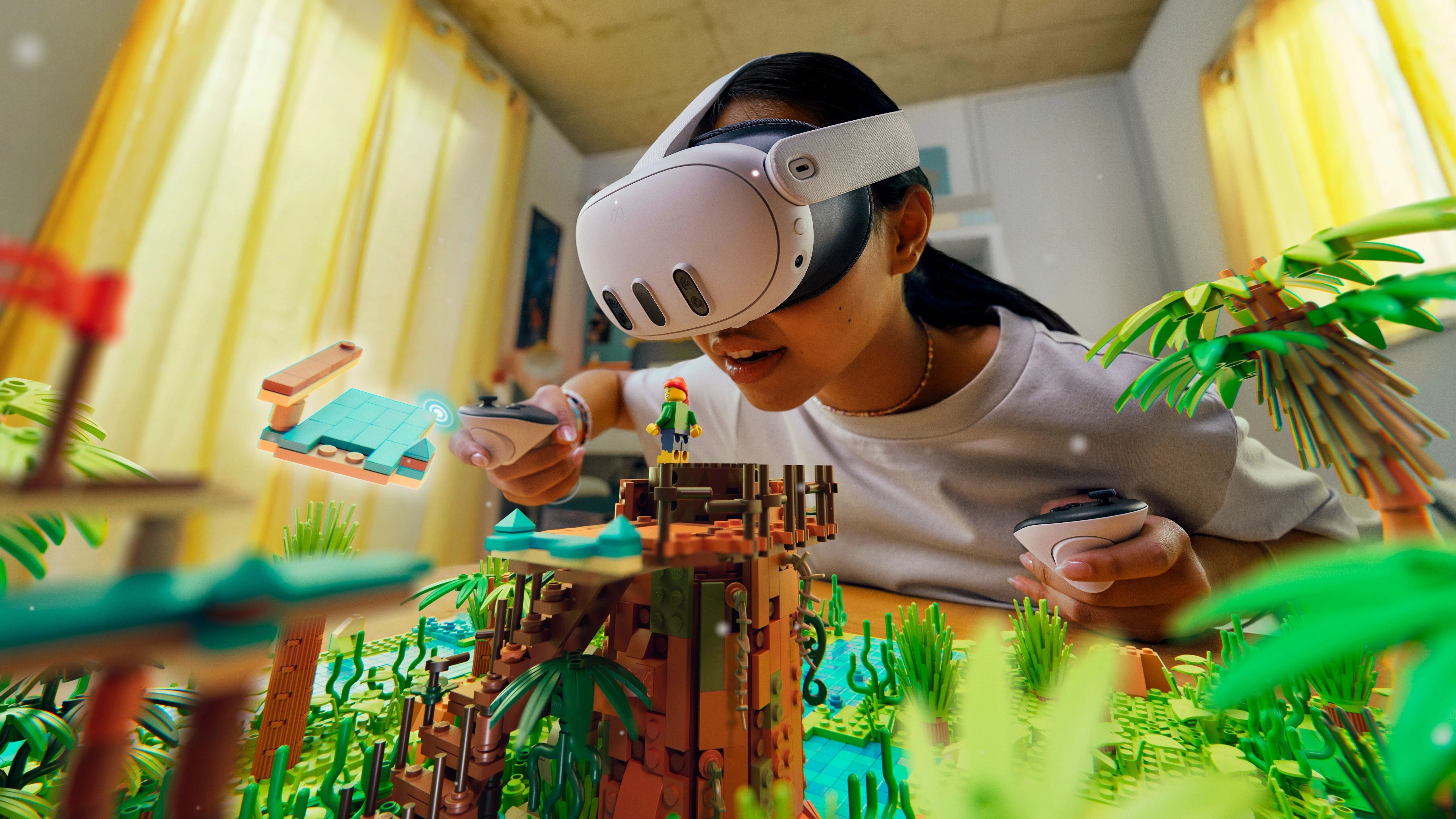
This pipe dream has become a lot more likely lately, with Meta announcing that Horizon OS is coming to third-party VR headsets, starting with Asus, Lenovo, and Xbox devices. It’s still unlikely, though, considering Samsung has already officially partnered with Google (and we’re assuming it’s for software/OS help, as it does with its Android phones).
But the Quest platform is just so good; easily the best we’ve seen on a standalone VR headset. It’s clean, feature-packed, and home to the best library of VR games and apps available. The only platform it might outshine is Steam, but that’s only for people who want to be stuck with a PC setup.
A partnership with Meta would give Samsung’s headset all of these benefits, and give Meta the opportunity to further position its operating system as the Windows or Android of the spatial computing world – which could be both great and terrible.
2. A (relatively) affordable price tag
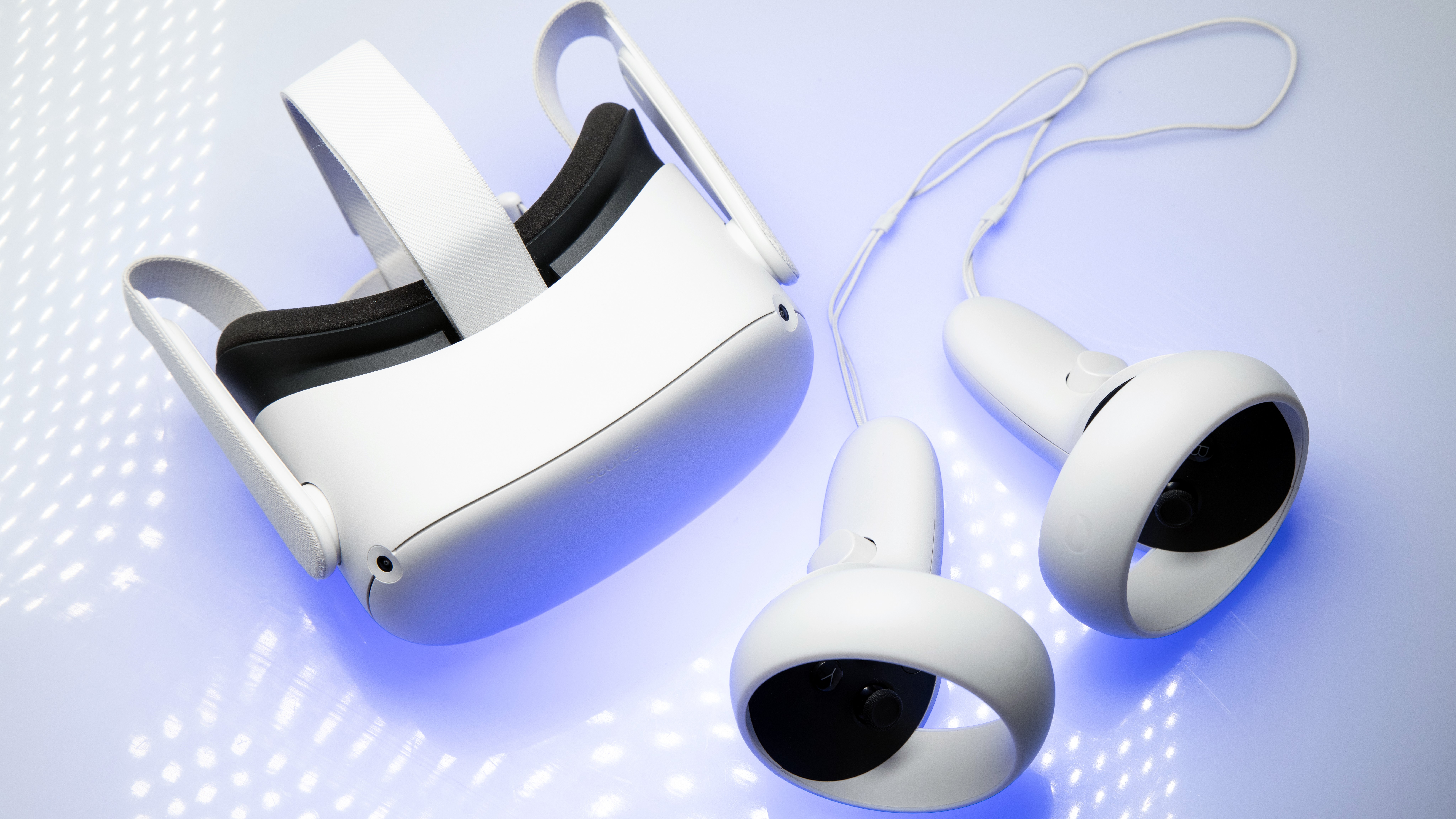
There’s only ever been one successful mainstream VR headset: the Oculus Quest 2. Made by Meta, the device has been responsible for the vast majority of VR headset sales in recent years (surpassing the lifetime sales of all previous Oculus VR headsets combined in just five months) and that’s because of one thing: It’s so damn cheap.
Other factors (like a pandemic forcing everyone indoors) probably helped a little. But fundamentally, getting a solid VR headset for $299 / £299 / AU$479 is a very compelling proposition. Spec-wise, it could be better, but it’s more than good enough and offers significantly better value for money than the PC VR rigs and alternative standalone headsets that will set you back well over $1,000 when you factor in everything you need.
Meta’s Quest Pro, the first headset it launched after the Quest 2 with a much higher price point of $999 / £999 / AU$1,729 (it launched for $1,500 / £1,500 / AU$2,450), has apparently undersold. We don’t have exact figures, but using the Steam Hardware Survey Figures from December 2023 show that while 37.87% of Steam VR players use a Quest 2 (making it the most popular option and more than double the next headset), just 0.44% use a Quest Pro – that’s around 86 times fewer.
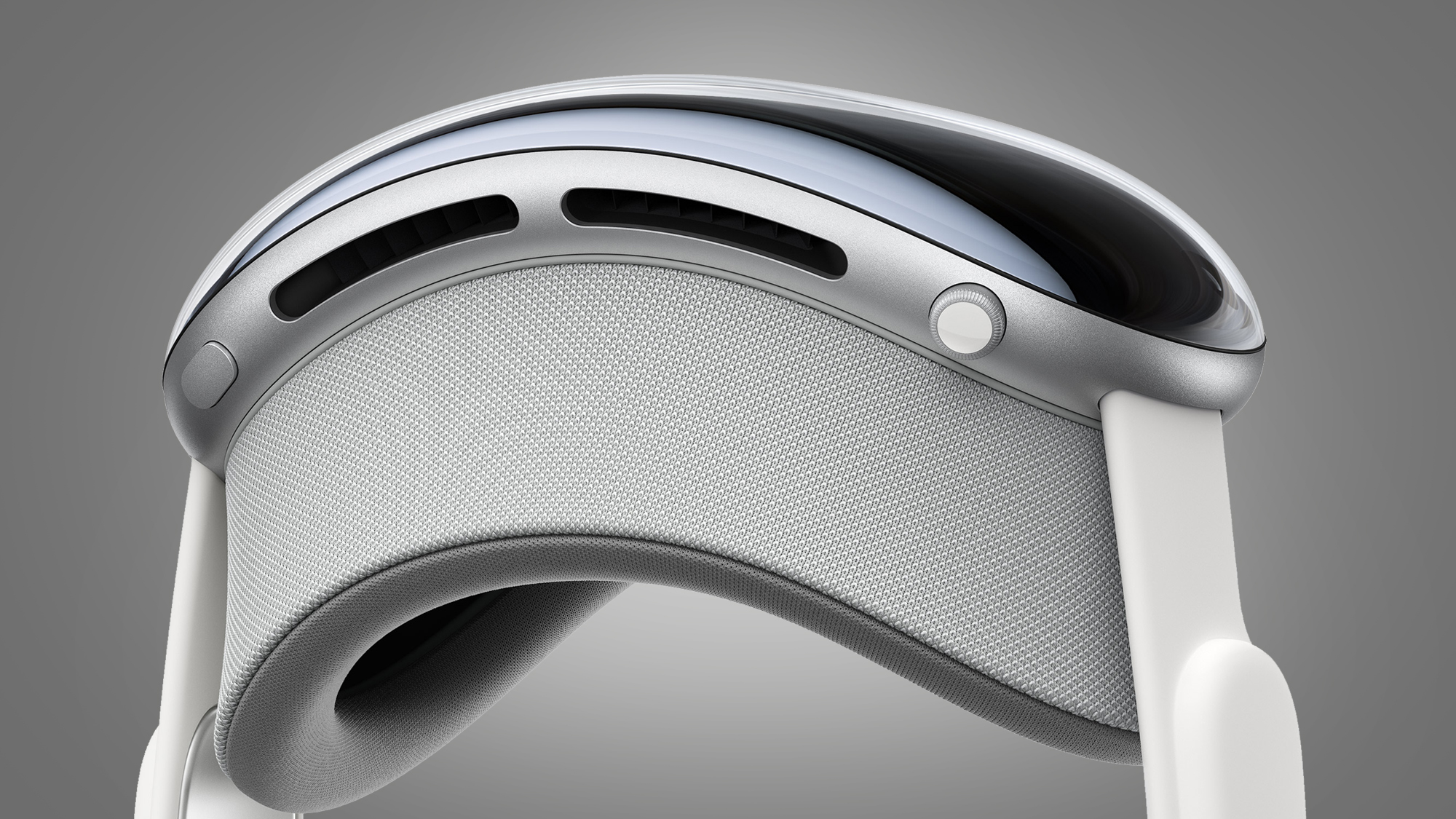
So by making its headset affordable, Samsung would probably be in a win-win situation. We win because its headset isn’t ridiculously expensive like the $3,499 (about £2,800 / AU$5,300) Apple Vision Pro. Samsung wins because its headset has the best chance of selling super well.
We’ll have to wait and see what Samsung announces, but we suspect we’ll be disappointed with the price, a factor that could hold this device back from becoming one of the best VR headsets on the market.
3. Controllers and space for glasses
For this last ‘what we want to see’ we combined two smaller points into one.
Hand tracking is useful, but ideally it’s an optional feature on the upcoming Samsung VR headset rather than the only way to control it, as is the case with the Vision Pro.
Most VR apps are designed with controllers in mind. Since most headsets these days come with handsets that have similar button layouts, it’s much easier to port software across systems.
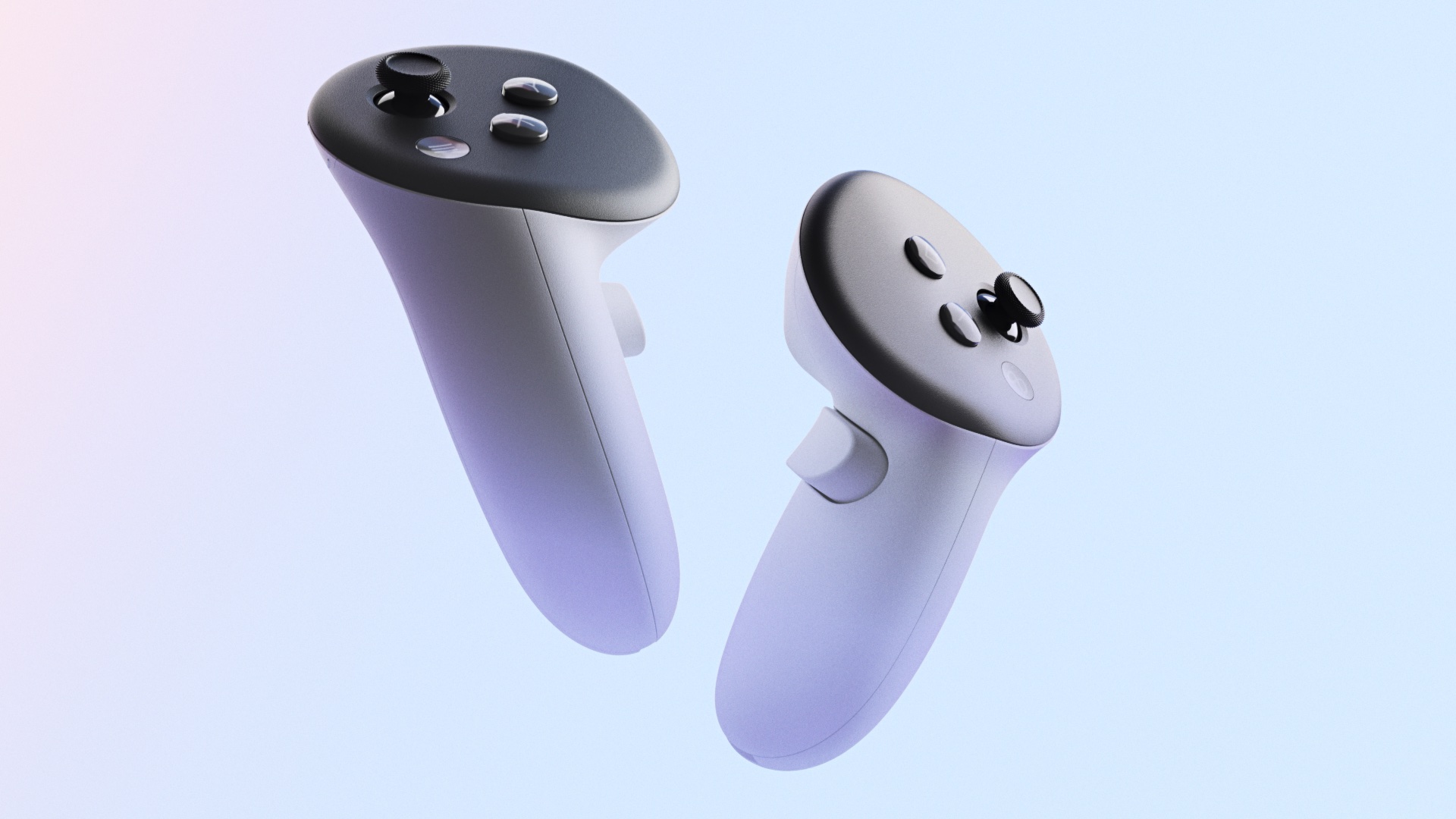
There are still challenges, but not having to reinvent your control scheme is a huge time-saver for developers. So controllers with this standard layout could help Samsung get a solid library of games and apps onto its system by making it easier for developers to bring their software to it.
We also want to make the new Samsung VR headset easy to use for those who wear glasses. The Vision Pro’s prescription lens solution is unnecessarily expensive, while headsets like the Quest 2 and Quest 3 have a free built-in solution to this problem: an optional spacer, or a way to extend the headset slightly so it sits further away from your face and leaves room for glasses.
Ideally, Samsung’s VR headset would also provide a free and easy solution for glasses wearers.


